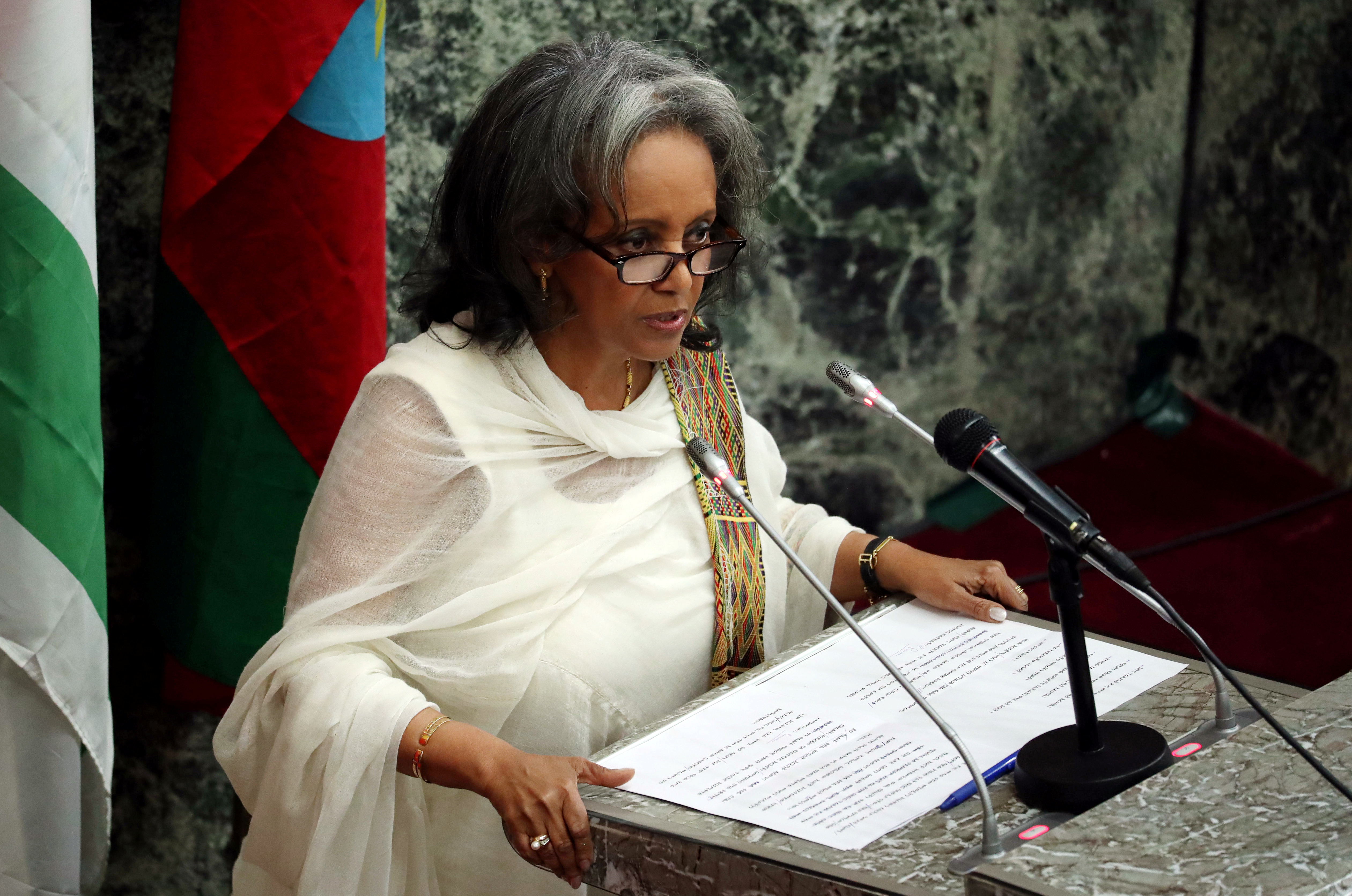BY ED CROPLEY
Twenty-five years after genocide, German cars are rolling off production lines in Rwanda. To keep motoring the tiny, landlocked East African country needs access to markets. Luckily, one on its doorstep is set to buck the global trend towards balkanisation.
Africa has 1.2 billion people, but they are fenced off in over 50 individual countries. Trade barriers crimp opportunity and investment. Attempted regional trade areas stretch from Cape Town to Cairo, but only the East African Community has made real headway. In 2010 this bloc, which now includes Uganda, Tanzania, Rwanda, Burundi, South Sudan and Kenya, its spearhead, launched a common market for goods, services, labour and capital. It even dreams of monetary union in five years.
In 2019, 100 million Ethiopians could give the EAC real impetus. After a year of dramatic political reforms, the regional giant synonymous with 1980s famine could be ready to join the local trade bloc. That would create a common market of 250 million people.
The combination of Rwandan leader Paul Kagame, standard-bearer for African free trade, and an Ethiopia stirring from decades of socialist slumber could be transformational. On a GDP-weighted basis, Rwanda easily attracts the most foreign direct investment in Africa, according to consultancy firm EY. Kenya and Ethiopia also fare well. Most investments are in manufacturing, supporting the view that as Chinese wages rise factories in East Africa, where labour is cheap, can become viable alternatives. Being part of a large regional market only boosts the logic for companies making everything from boots to bicycles.
Other bits of the jigsaw are also falling into place. The first leg of a Chinese-funded rail network from the Kenyan coast to Kigali was completed in late 2016. In June, Ethiopia and Eritrea ended 20 years of hostilities and opened their border. And the region’s economies are buzzing. The IMF predicts growth of 8.5 percent for Ethiopia in the year ahead, alongside 7.2 percent for Rwanda and 6 percent for Kenya. Of course, there are risks. Sovereign debt levels are creeping up, and toxic ethnic politics could yet poison the well. But in one corner of Africa at least, barriers are heading down, not up.
First published Dec. 20, 2018.
